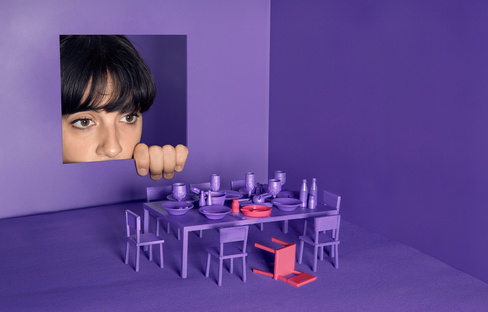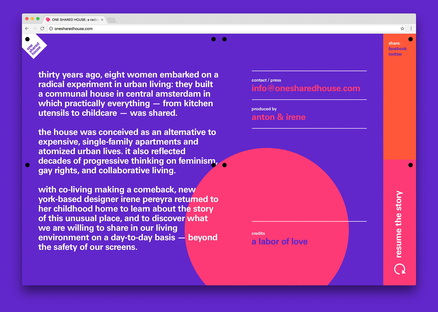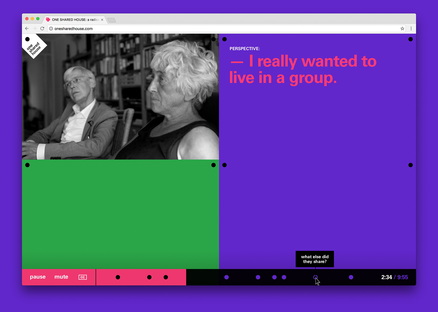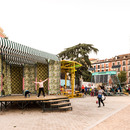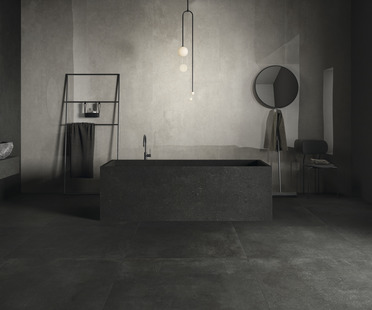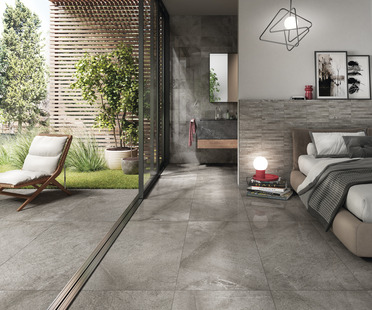11-01-2017
Co-Living a trend that's on the rise, not just in New York
- Blog
- News
- Co-Living a trend that's on the rise, not just in New York
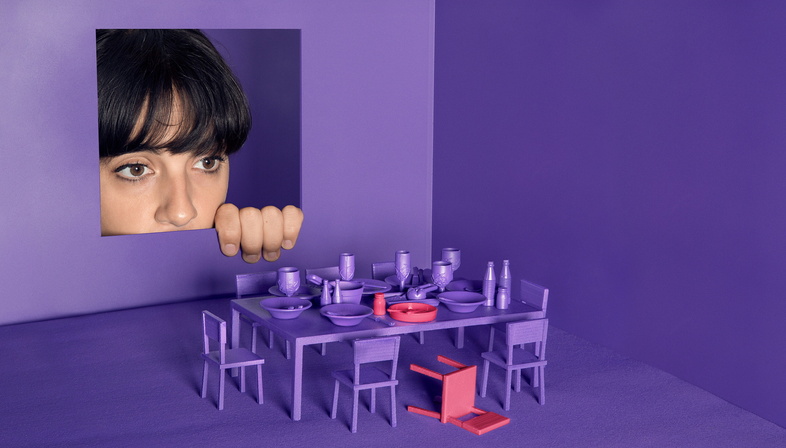 Irene Pereyra and Anton Repponen from New York-based design studio Anton & Irene have been exploring co-living for two years, with “One Shared House”, a self-funded and interactive documentary. The documentary aims to show what it's really like to share a house with other people.
Irene Pereyra and Anton Repponen from New York-based design studio Anton & Irene have been exploring co-living for two years, with “One Shared House”, a self-funded and interactive documentary. The documentary aims to show what it's really like to share a house with other people.“One Shared House” is the latest project by studio Anton & Irene, known to our readers for their amazing project “Misplaced: New York”. The documentary was created in response to the trend towards sharing, not only virtually, but also in the real world. For instance, living with other people is a concrete response to both economic and social needs and because we move around more and more these days, new forms of living are replacing the traditional models. We talked to Irene Pereyra, co-author of the documentary, who grew up in a co-living environment in Amsterdam in the 1980s. Here is the first part of the interview.
Q: One thing that really struck me in your documentary was your co-living experience as a child. Do you believe that a positive co-living experience like yours in childhood can help you be more open towards co-living and sharing houses and property? It's great because the documentary very clearly shows the way you felt about co-living and what co-living meant for the adults.
A: Whenever I tell people I grew up in a communal house in Amsterdam, it inevitably turns into a 30-minute conversation about the pros and cons of communal living and what it’s like to grow up in an environment like that, which is why I wanted to make this documentary. In my experience, there seem to be two extremes whenever co-living is discussed. On the one hand, people can be extremely optimistic, and have an almost utopian ideal of how amazing it would be, and on the other some people think it must be horrible, chaotic, with zero privacy or something only “hippies” would consider.
What I was hoping to show through this documentary is that the reality is a lot more nuanced than that. There are aspects of it that can be extremely difficult to manage (especially if you have shared finances), and there are aspects of it that can be extremely positive (like the children of the house being exposed to so many different and interesting adults).
However, in today’s society where most large cities are becoming more and more expensive, this type of living should become (and has become) a viable alternative for people who wish to remain in the center of the city without paying the astronomical prices of private apartments today.
Q: Another aspect: In the shared house in Amsterdam there were only women with their children. I suppose that nowadays co-living might be more mixed, a bit like in the "Mehrgenerationenhäuser", the multi-generation-condos which are becoming popular in Germany, actually co-living in a condo-dimension where young families or single parents with children and elderly people help each other.
A: Correct, this is something you see a lot in Denmark, where co-living has been very commonplace since the late sixties. In New York and San Francisco it caters more towards millennials and tries to bridge the gap between leaving college and getting married. There really is no one way co-living works, and there are very many different kinds of permutations in countries all over the world.
Christiane Bürklein
Documentario: http://onesharedhouse.com/
Case Study: http://work.antonandirene.com/onesharedhouse
Immagini: courtesy by Anton & Irene











